Making Use of the Natural Resources in Amakusa to Offer Educational Activities for the Next Generation
Leveraging the know-how in microalgae that we have cultivated through many years of research, we are promoting efforts to invigorate the regional industries of the city of Amakusa and develop the next generation of leaders who will oversee these assets in the future.
Amakusa and DENSO
The city of Amakusa in Kumamoto Prefecture covers the greater parts of two main islands and six smaller islets. The city is blessed with an abundance of nature, receiving plenty of sunlight and being surrounded by the ocean. Since 2008, DENSO has been pursuing research aimed at producing biofuel from algae. To accelerate this research, in 2016 we constructed and commenced operations of a large-scale facility in Amakusa that conducts verification tests on microalgae cultivation. This facility is located on the site of a former school.
Click here for details on DENSO’s biofuel research
Regional Assets of Amakusa
Due to its abundance of nature, Amakusa is bustling with primary industries, including marine products, agriculture, and stockbreeding, all of which are valuable industries to the livelihood of the city. However, in recent years there has been a rising number of young people, who will oversee the next generation, leaving Amakusa to go to university or pursue a career, and, as a result, the city’s population is decreasing and getting older. These circumstances have led to a severe shortage of successors who can inherit the city’s various industries. In light of this, the key steps to revitalizing Amakusa going forward are enhancing the value of regional industries and acquiring and developing human resources within and outside the city can take over these industries in the future.
Shared Vision
In 2017, we concluded a three-party agreement with Kumamoto Prefectural Amakusa Takushin High School (hereinafter, Amakusa Takushin High School) and the city of Amakusa in order to revitalize the city’s regional industries, develop human resources, and pursue new possibilities within our research on microalgae.
Amakusa Takushin High School is the only high school on the island with both an agricultural and business department, making it an extremely valuable school in terms of developing regional industries. A curriculum on microalgae has been introduced in all departments of the high school, with an expert faculty and DENSO researchers providing instruction. Through this curriculum, we will expand the potential for using algae in primary industries and contribute to the revitalization of Amakusa while supporting and collaborating with local government agencies.
Specific Initiatives
Utilizing Algae in Feed for Cultivating Abalone in the Marine Products Industry
In recent years, Amakusa has seen rising seawater temperatures and coastal area desertification due to global warming. These circumstances have had an extremely negative impact on the cultivation of abalone, whose staple food is seaweed. To address this issue, we have been developing an alternative feed for abalone cultivation that utilizes Coccomyxa KJ, a microalga for which DENSO has been pursuing research.
Abalone that feed on Coccomyxa KJ realize superior growth compared with those that feed on seaweed. In addition, Coccomyxa KJ has been proven to help increase the survival rate of abalone to a greater extent than mixed feed sold on the market.
Going forward, we will evaluate the taste of abalone that have been fed Coccomyxa KJ as we work to market the microalga as a brand.
【VOICE】
Daichi Kamata, Third-Year Student, Marine Science Department, Marine School
In the future, I hope to be a researcher in the field of marine and fisheries, and I am therefore studying to enter the Faculty of Fisheries at Nagasaki University. My interest in researching algae comes from a presentation I observed last year by one of the seniors on a yearly experiment that used Coccomyxa KJ in the production of seeds for Japanese sea bream and as feed for abalone. I was particularly moved by the presentation when it declared the experiment a “world first,” which then gave me the desire to conduct research myself. For this year’s experiment, I am engaging in research on new abalone feed that uses Coccomyxa KJ. While I currently have had little success conducting repeated trial-and-error experiments, I find this kind of research extremely engaging.
Teruo Matsushita, Teacher, Marine School
While receiving guidance from DENSO, I pursued efforts last fiscal year in experiments that utilized Coccomyxa KJ as feed for Brachionus plicatilis, a material used as feed for the early stages of Japanese sea bream development, and as feed for abalone. I have started to see some results from these efforts, and I hope to take my research to the next stage during the current fiscal year. Through joint research with DENSO, the experiment was a tremendous success thanks to DENSO’s component analysis, which we are unable to perform at the high school. In particular, we were able to use this component analysis to gain an objective evaluation in flavor examination, making the results of this research even more scientifically sound.
Utilizing Algae in Feed for Pigs in the Stockbreeding Industry
We have been carrying out research on how mixing Coccomyxa KJ into pig feed changes the pork quality in an effort to establish a pork brand. In our first experiment, we observed changes in linolenic acid amounts in pigs that had consumed Coccomyxa KJ. Going forward, we will continue to conduct experiments on a repeated basis.
Additionally, in the experiment process we observed that the droppings of pigs that have been fed Coccomyxa KJ had a less pungent odor, and we will continue to conduct research on the microalga’s impact in this regard.
Utilizing Algae in Soil Conditioners for Tomatoes in the Agricultural Industry
We are engaging in research on how using residual oil extracted from Coccomyxa KJ as a fertilizer adds value to soil. At the moment, we have not noticed a change in actual harvest amounts. In addition, there were instances where we were unable to confirm tomato growth as a result of the residual oil from Coccomyxa KJ being eaten by insects as the oil had not been fully composted. Going forward, we will conduct tomato cultivation experiments using fertilizer from pigs in our pig experiments that have been fed Coccomyxa KJ.
Future Initiatives
Moving forward, we will further expand the scope of the various initiatives described in this section. To this end, in addition to continuing our collaboration with Amakusa Takushin High School, we will work with students in the processed food department of the high school to develop processed foods to serve as souvenirs for tourists. By creating new value for regional industries and providing education to children who will oversee the future, we will contribute to a brighter future for Amakusa while expanding the scope of our research on microalgae. In these ways, we aim to maintain the global environment and support the sustainable development of society.
【VOICE】
Asuna Tanizaki, First-Year Student, Food Science Department, Hondo School
I have always been interested in food, so I decided to enter the Food Science Department at Amakusa Takushin High School to learn about food-related information and technologies. At the high school, I am studying various things regarding food, not just in class but also through my extracurricular activities in the “Food Lovers Club.” In this club, we primarily conduct research on algae. When I first saw Coccomyxa KJ, I was amazed by how beautiful it was. With a smell similar to tea leaves, I thought perhaps that Coccomyxa KJ could be used in the same manner as tea. However, an issue with Coccomyxa KJ is how to make its dark green color look appealing in food. I heard that in September, we will have taste tests with food that uses Coccomyxa KJ, and I am greatly looking forward to this. In my hometown of Amakusa, a “hidden churches” site has recently been registered as a World Heritage Site. In the future, I soon hope to make new food products not just for people in my hometown but also for the growing number of tourists who will be visiting the area. I would be delighted if I can help increase the number of people who enjoy the taste of food with algae from Amakusa.
Hiroki Murata, Teacher, Hondo School
One year has passed since we began joint research with DENSO. I hope that through this research, I can get my students interested in making food products, regardless of product type or what kind of ingredients are used. Also, I currently have my students pursue activities that involve coming up with brand-new ideas and creating even better food products by repeating the trial-and-error process, even for food products that cannot be processed easily. With these activities, I hope that my students can enhance their imagination and develop a spirit for taking on challenges over and over without giving up. I am also extremely grateful that we are able to make use of new materials that have yet to be used in food products through collaboration with DENSO. I also feel that the advice DENSO provides my students is helping them cultivate a broad perspective. I hope that by spending their high school life with an awareness of their connection with society, my students can gain the skills needed to quickly play an active role in society after they complete their studies. Going forward, I will continue to assist in the creation of products that promote the development of Amakusa and the cultivation of human resources who will support the local area in the future.

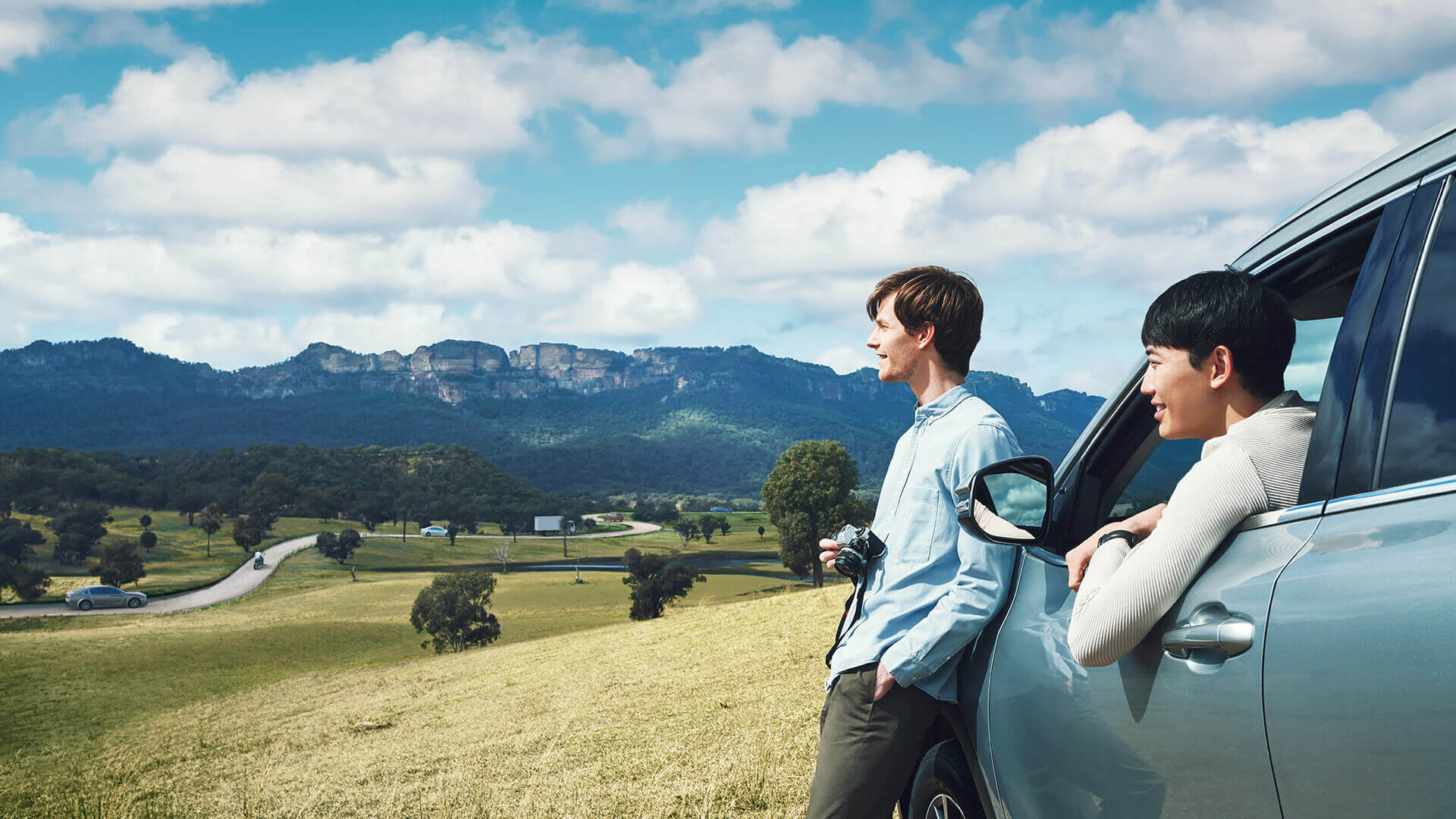

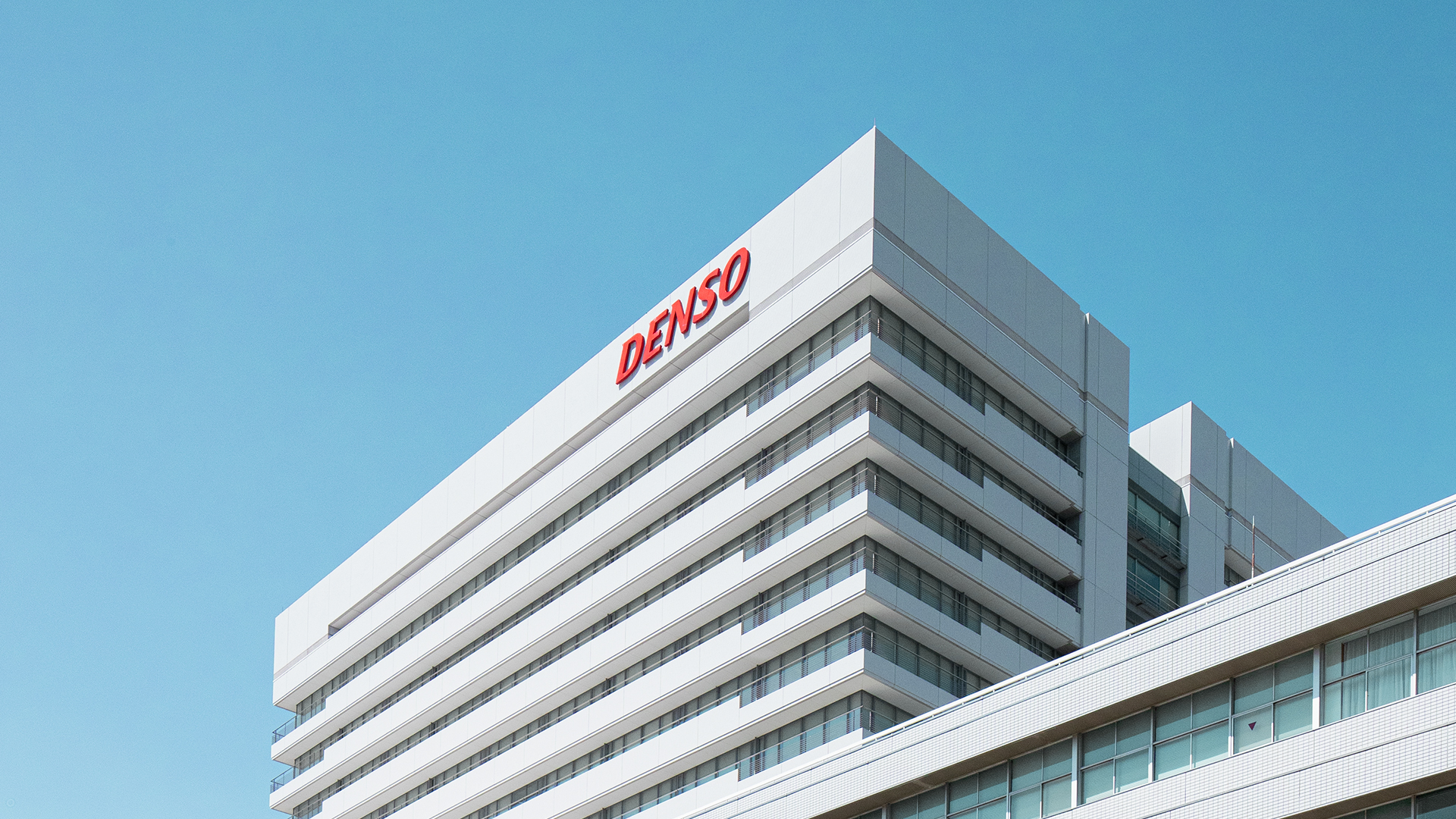





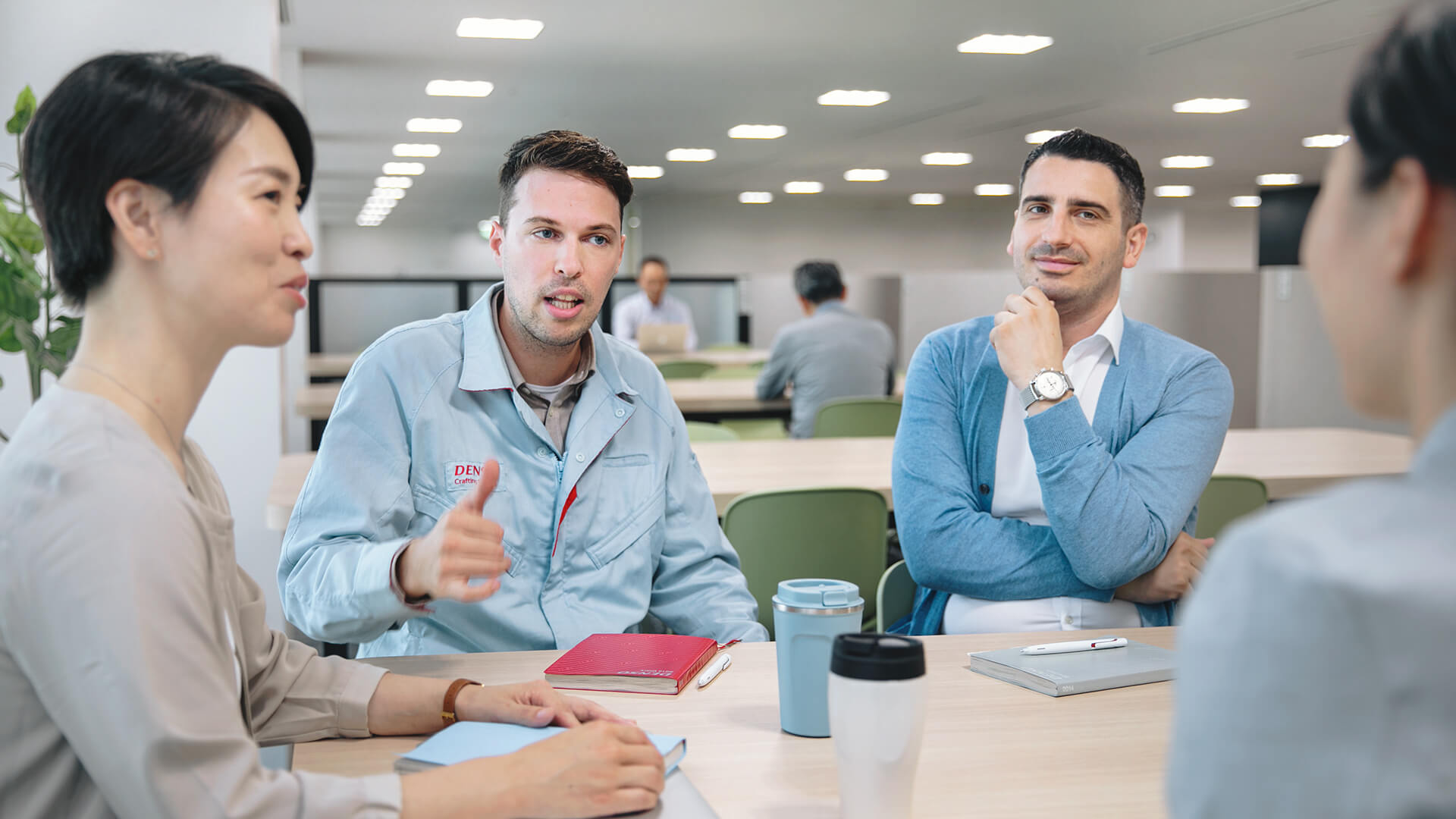
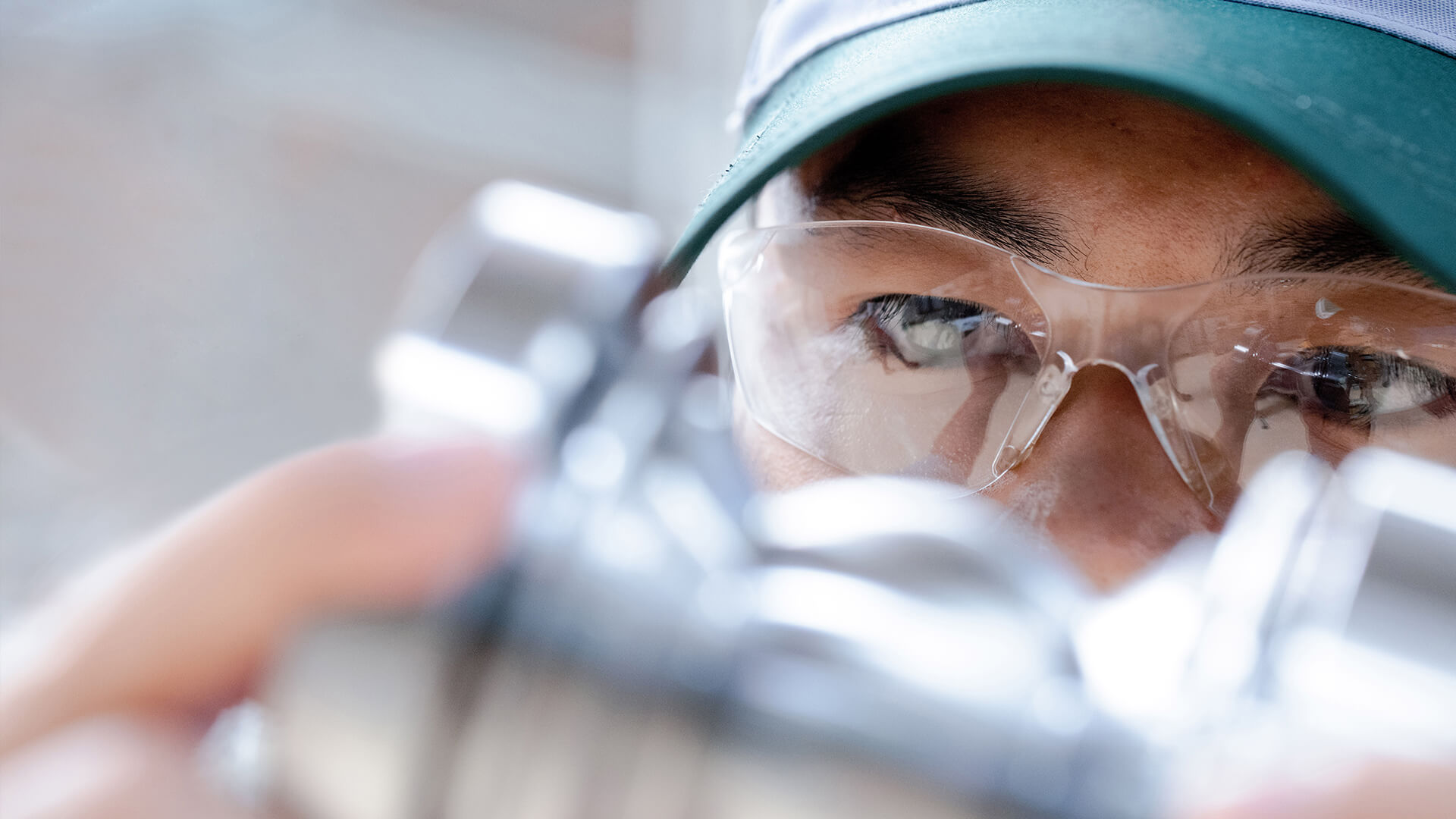
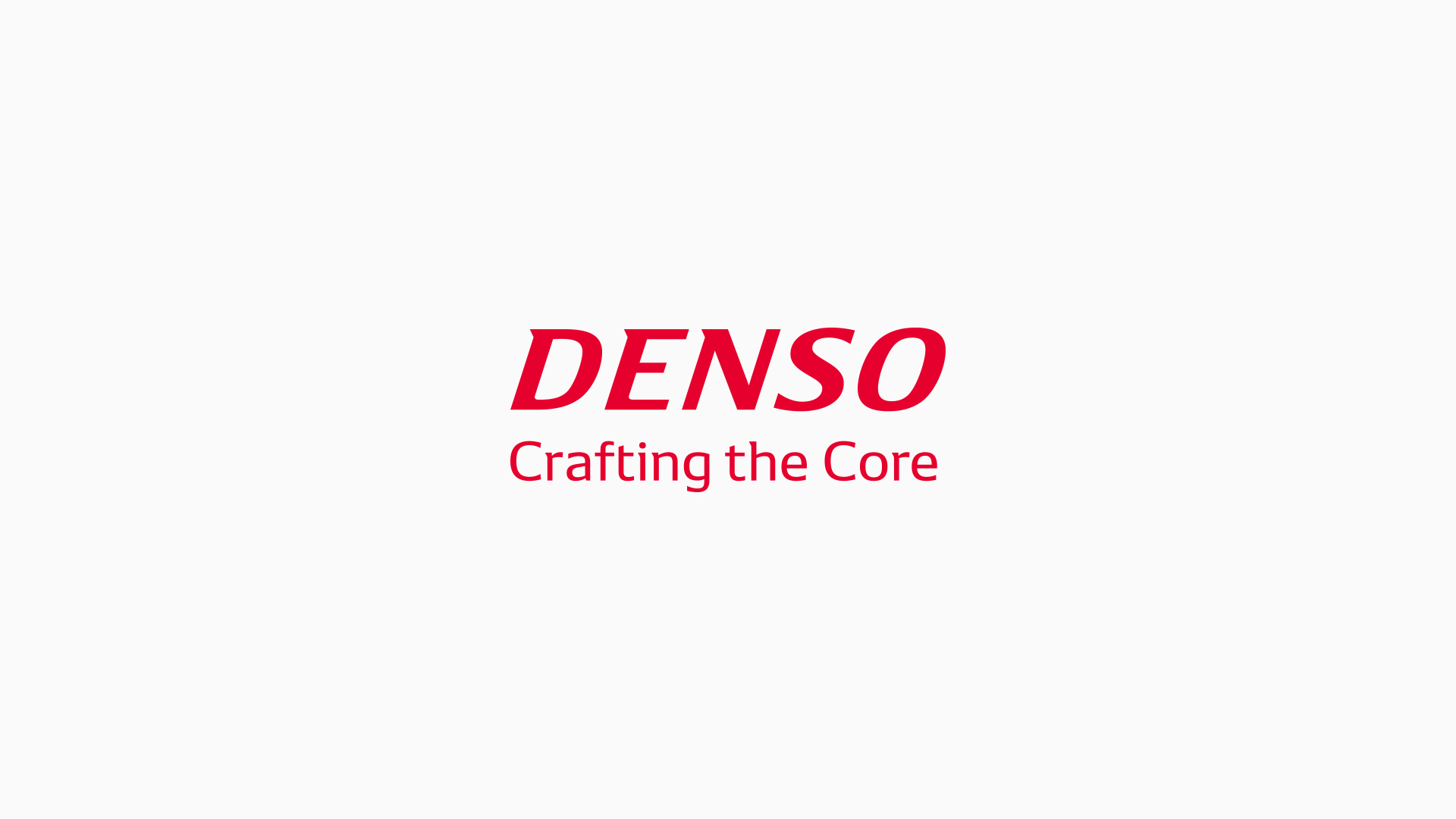

![[SDGs-4]QUALITY EDUCATION](/global/en/-/media/global/about-us/sustainability/sdgs/amakusjp-industrial-promotion/amakusjp-industrial-promotion-img-sdgs11-en.png?la=en&rev=f1cdc088b4594e20b64e4bf39403b4dc&hash=F22D412FA22015A15362D6A03313CE49)
![[SDGs-11]SUSTAINABLE CITIES AND COMMUNITIES](/global/en/-/media/global/about-us/sustainability/sdgs/amakusjp-industrial-promotion/amakusjp-industrial-promotion-img-sdgs4-en.png?la=en&rev=4f12467d6da54f7294a53617dfc2e64f&hash=74503E2A863DD67E19DEEEA4F8886F72)













